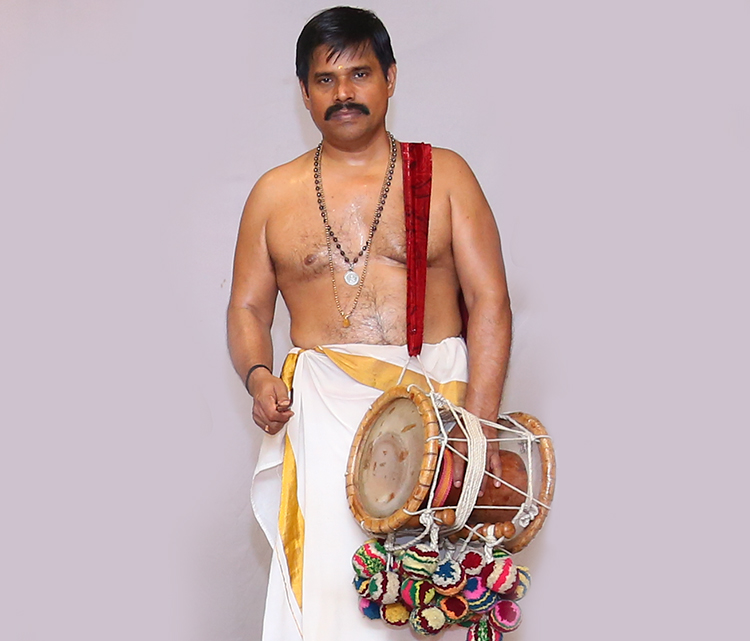
Sopana Sangeetham

Sopana Sangeetham is a form of Indian classical music that developed in the temples of Kerala in south India in the wake of the increasing popularity of Jayadeva's Gita Govinda or Ashtapadis. The name derives from two Malayalam or Sanskrit words: Sopanam and Sangeetham. The word Sopanam refers to the sacred steps of main shrine of a temple and Sangeetham refers to music.
Sopana sangeetham (music), as the very name suggests, is sung by the side of the holy steps (sopanam) leading to the sanctum sanctorum of a shrine. It is sung, typically employing plain notes, to the accompaniment of the small, hourglass-shaped ethnic drum called 'edakka' or idakka, besides the chengila or the handy metallic gong to sound the beats. Sopanam is traditionally sung by men of the Marar and Pothuval castes of Ambalavasi (semi-Brahmin) community, engaged to do it as their hereditary profession.

